Sexual addiction and recovery can be controversial constructs. Unlike addictions to chemicals or substances, sex and sexuality are intrinsic facets of healthy human life and development. The goal of recovery from sexual addiction for most people is not to give up sex or the expression of one’s sexuality in its entirety. Rather, the purpose of recovery is to live a fulfilled life embracing a healthier model of sexual expression. Recovery is about setting boundaries and freeing one’s self of the suffering caused by acting out.
Shame often keeps people from seeking the help so desperately needed to develop healthier lifestyles in their journey for sexual recovery. Sex Addicts Anonymous (SAA) Green Book reminds recovery seekers:
Sexual addiction is not just a bad habit. Nor is it the result of poor self-control, a lack of morals, or a series of mistakes. If it were something we could stop on our own, the negative consequences would be enough to make us stop. Many of us tried to cure ourselves with religious or spiritual practice, moral discipline, or self-improvement. Despite our sincerity and our best efforts, we continued to act out. Our behavior eluded all rational attempts at explanation or correction. We had to face the fact that we had a disease, and that we could not stop the addictive behavior by ourselves (p. 9).
My name is Michael and I am a recovering sex addict, anorexic, and alcoholic. What follows comes from my lived experience as a person in recovery and as a clinician trained in trauma, addiction, and mental health. I work the twelve steps and traditions of Alcoholics Anonymous (AA) and Sex Addicts Anonymous (SAA). I will forever be indebted Eye Movement Desensitization and Reprocessing Therapy (EMDR) and to 12-step recovery programs for the gift of living free from the bondage of addictions.
The spiritual principles, tools, and suggestions contained within 12-step recovery helped me to find a life that was worth living. I learned that I deserved to be recovered, loved, and that I have worth. Recovery and trauma work helped me to thrive and accept who I am, was, and can be. In an earlier piece I wrote about the Step 1: “We admitted we were powerless over alcohol and sex, and that our lives became unmanageable.” The process to admit that I was powerless and that my life had become unmanageable took what felt like a lifetime to achieve. I bought the SAA Green Book and read through the entire text cover to cover in search for the answer of how to remain in sexual recovery.
The first task of this sexual recovery journey started 90 days of abstinence from all sexual behaviors. Let me tell you that it the most difficult thing I ever had to do in my life. I experienced withdrawal symptoms which included body shakes, anxiety, depression, angst, despair, craving, hypersensitivity, suicidal thoughts, and intense dreams. That list does not do justice to my lived experience during that time. It was a miserable experience, and yet a necessary one for recovery in my eyes.
When I joined SAA, I continued to hear a concept called “3 Circles.” It was all everyone talked about in meetings and in literature. In the Fellowship these three circles are how each member defines what is addictive and healthy sexual behavior for themselves. The program is quick to recognize the personal nature of addiction to sex. Not every human being acts out in the same way. For some their addiction is pornography. And for others it may be masturbation, destructive relationships, power and control, romantic obsession, cruising the streets for sexual partners, cybersex, prostitution, cross-dressing, having affairs, and fantasy. The list is endless.
Understanding what is addictive and is healthy requires distance and reflection. That 90-day embargo on sex and thinking or acting on sexual thoughts/desires were critical. The help of incredible trauma-informed sponsorship and therapy also played a major role in my recovery. I recall early in recovery listening to others share first step presentations about their powerlessness and unmanageability. I got into recovery in a Pre-COVID19 world with no local SAA meetings. My only options were telephone meetings all over the country.
Living with an addiction in isolation often drove me to act out. The beauty of phone and video meetings with others was that I could stay connected. I leaned early on in my process that recovery thrives in connectedness. I made several phone meetings part of my routine schedule. I volunteered on calls to read literature. During meetings I spoke up about my struggles and desires for a life built on a firm bedrock of recovery. It did not matter the time of day or hour of night. I made meetings a priority in my life. I stayed for fellowship hour at the end of each call. I exchanged numbers with other recovering sex addicts, and made phone calls during the week to talk about life, recovery, successes, and struggles.
I already received the gift of desperation. I needed something to give me hope in my life. As I called into these meetings, I heard men and women who shared their experience of what it was like, consequences of their acting out, and steps to stay in recovery. I sat and reflected on my own life after each presentation. I saw patterns of what behaviors I could not control. My first SAA sponsor, Adam, was a man who attended these phone meetings. We exchanged contact information and started to work the steps. I owe him a debt of gratitude for helping me to define what sexual recovery would look like for me. We have never met face to face. We conduct step work via email and phone calls. Sponsorship and meetings are my lifelines for connectedness. These are some of the tools in my recovery toolkit:
The Three Circles (diagrammed below) consist of three concentric circles. Each level represents a layer of addiction and recovery. Inner Circle behaviors are ones that cannot be safely practiced and/or controlled (seeking out emotionally unavailable people, pornography, drug use, alcohol use, disordered eating, etc.). Middle circle behaviors are actions, desires or behaviors that may lead to a slip or are risky (using sex to avoid emotions, lying, hiding, justification, etc.). Outer circle behaviors promote recovery (healthy sex based on choice, mutuality, and respect; meetings, sponsor, therapy, family time, staying connected, hobbies, step work, spiritual community time, dating, writing, dancing, creating music, etc.).
The process was a spiritual awakening. For the first time I could see my addiction; it had a name. It was real. It had a list of behaviors and symptoms. Defining healthy sexuality shifted my understanding. The best advice I received from my sponsor was live in the outer circle. What a jewel that insight was. The way I interacted with people and my surroundings changed. I noticed a shift in mind, body, and spirit. I felt alive again.
As a professional and a person in recovery it was important to define my boundaries especially around addiction. I carried intense shame for my addictions. I often felt that I lived a double life. My recovery work centered around integration of all the parts and pieces of myself. I never could be who I was. All the parts of me were cut off. Sexuality was one piece. Intellectual me was another. Emotional side was another. Creativity was lost in the abyss. I felt if I came out about my addictions or my parts of self, I would be shunned from the profession. My recovery integrated into every domain of my life. I turned a new leaf thanks to the program, recovery support systems, and others who have opened the door that I may walked through.
I am who I am. I will not change this inner-knowing for any person or institution. The process of recovery has instilled within me radical acceptance for who I am. I am not alone. Acceptance, I discovered, was key to healing. Once I made a thorough first step and opened the flood gates of the past, I quickly realized the need for trauma work. I could not stay in recovery from sex addiction without resolving the past that impeded on my present life. Spiritual awakening lead me to start EMDR.
I went to see Tom Buckles, LMHC, a former professor and licensed mental health clinician, who offered EMDR treatment. I quickly learned about my dissociative mind and how my parts of self directly influenced my acting out behaviors. Each of my eleven parts represented a wounded piece of my life. These parts were cut off facets of my life. I recall asking each of the parts to work together to help me heal. I believe because of this dissociative trauma work I was able to heal. At each session we completed between 4-5 trauma memories. I continued to see gains in EMDR. I started running, and I never thought I would be the running type. I restarted playing instruments, painting. My relationships with others took on a deeper meaning. I was free! I could remain present.
I have learned that my circles may change over time. In order to move something out of my inner or middle circle it requires an honest and willing conversation with my sponsor, recovery community and close friends whom I trust. My spirituality also plays a key role in helping to keep me on the road. Throughout this journey I have relied on faith to guide me. I turned over everything to the Higher Power of my understanding. I went back to the Roman Catholic Church, made confession, took spiritual direction, restarted mindfulness and yogic Practices, practiced spiritual principles in all my affairs. I remained open to what the universe, other people both inside and outside the fellowship, and my higher power were teaching me. I was an eager student.
The 3 Circles tool evolves with the person. Recovery is not stagnant. As I grew in healthiness and worked on the traumatic events that feed my addictions, sexuality took on a richer meaning for me. Today I am open to the potential in any situation. SAA and EMDR gave me the gift to live in the moment. Both 12-step programming and EMDR allowed me to face what seemed previously impossible. Today I can live a life that I never dreamed was possible. I realize today that sexuality is creativity and a vital life force. I channel that energy for good.
Today, I am a trained EMDR therapist. I get to help others in their quest to heal.
Recovery made this possible.

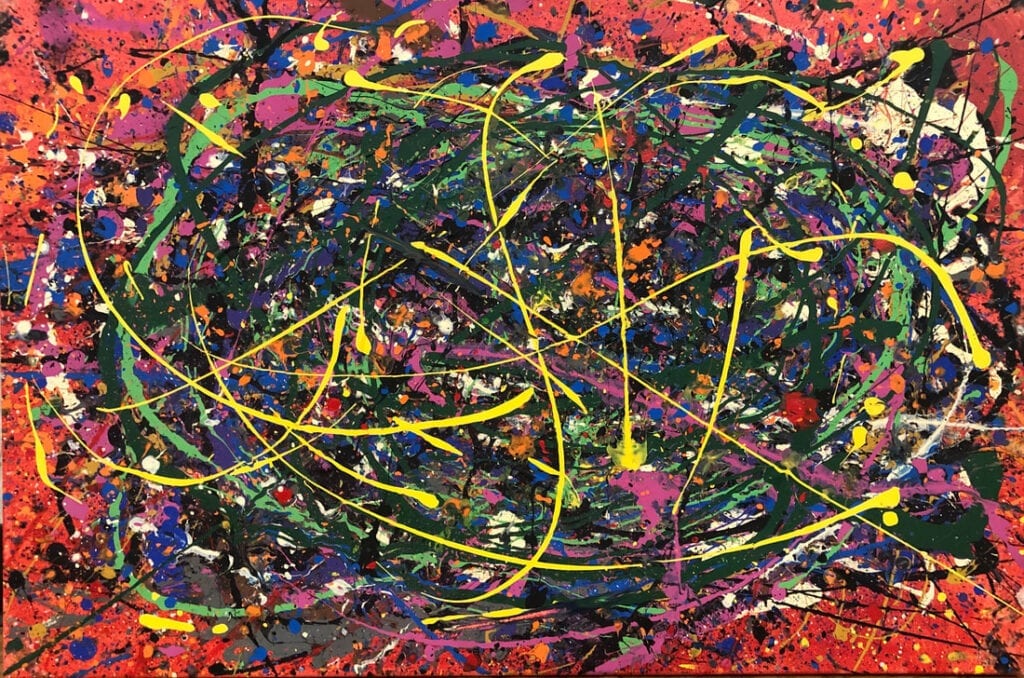
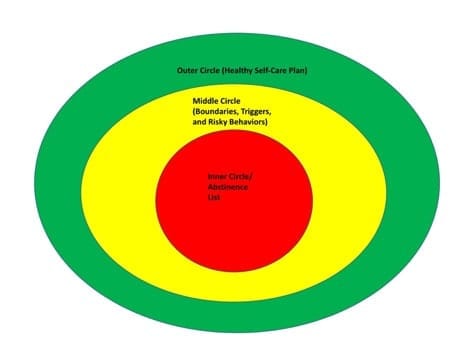
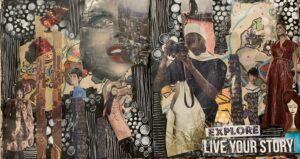
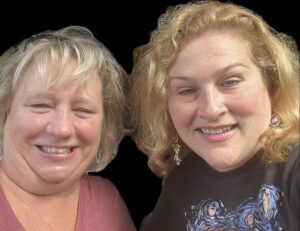
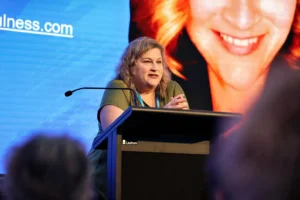
One Response
Thank you Michael, in looking to help someone else, I found your website and I found help then too. “Conectedness” 🙂